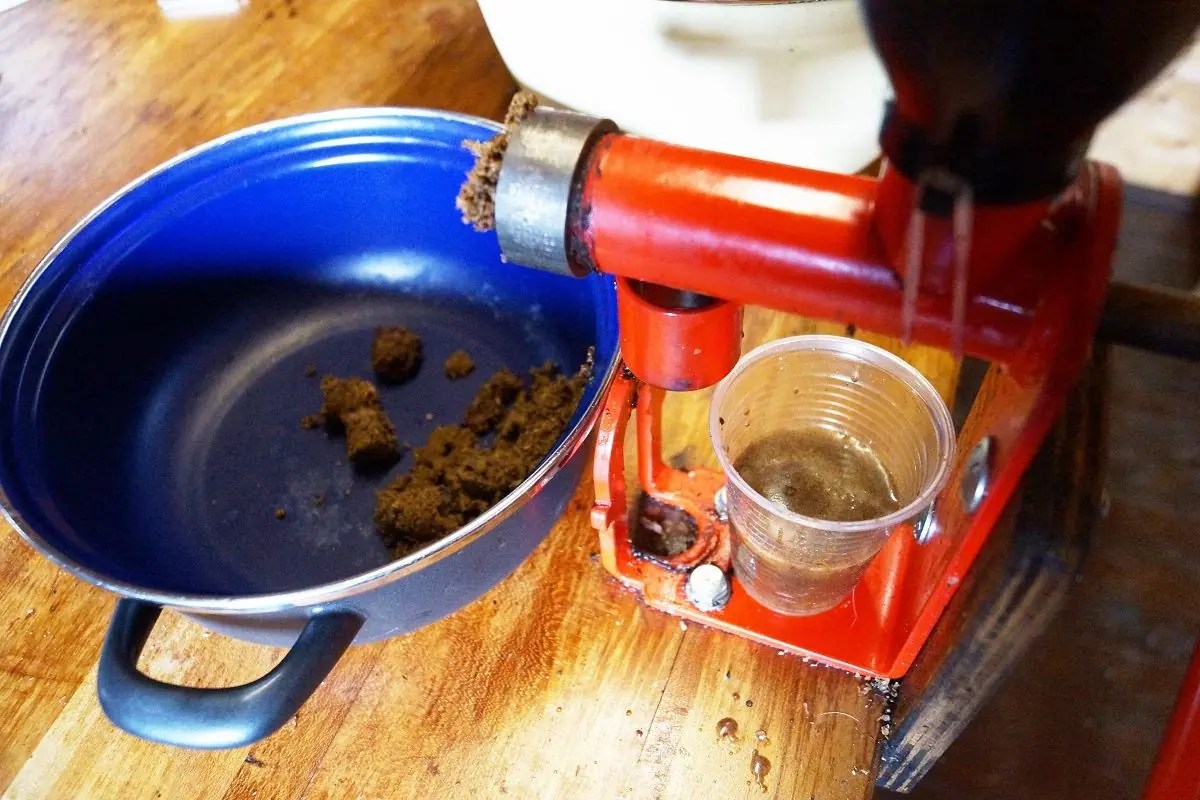Crafting Liquid Gold: How To Make Olive Oil From Olives At Home
Have you ever considered the process that brings the delightful essence of olive oil to your kitchen? Making olive oil from olives at home is not only a rewarding experience but also a way to connect with the rich traditions of Mediterranean cuisine. With a little patience and the right approach, you can transform fresh olives into pure, flavorful olive oil. This article will guide you through the journey of crafting your own olive oil, providing insights into the necessary tools, techniques, and tips for success.
Imagine the satisfaction of drizzling your homemade olive oil over salads, pastas, or bread—an elixir that adds both flavor and health benefits to your meals. Beyond the culinary advantages, making olive oil at home fosters a deeper appreciation for the ingredient itself and the labor that goes into producing it. Whether you have access to an olive tree or you purchase olives from a local farmer’s market, the process can be both educational and enjoyable.
In this comprehensive guide, we will explore how to make olive oil from olives at home, answering common questions and sharing expert tips along the way. We’ll cover everything from selecting the right olives to the pressing process, ensuring you have all the knowledge needed to embark on this flavorful adventure. Let’s dive into the delightful world of homemade olive oil!
What Are the Best Olives to Use for Olive Oil?
Choosing the right type of olives is crucial for producing high-quality olive oil. Here are some popular varieties:
- Arbequina: Small and sweet, Arbequina olives are known for their fruity flavor and low bitterness.
- Picual: A robust olive that provides a peppery and slightly bitter oil, ideal for cooking.
- Koroneiki: These small green olives are famous for their intense flavor and high oil content.
- Frantoio: A versatile Italian variety that produces an oil with a fruity aroma and spicy finish.
How Do You Harvest Olives for Oil Production?
Harvesting olives is a labor-intensive process that requires careful attention to detail. Here are the steps to follow:
- Timing: Harvest olives when they are ripe but not overripe, usually in late fall.
- Tools: Use a combination of handpicking and rakes to gather olives efficiently.
- Storage: Place harvested olives in breathable bags or containers to avoid bruising.
Can You Make Olive Oil Without Expensive Equipment?
Many people assume that making olive oil requires expensive machinery, but that’s not entirely true. While a traditional olive oil press can be beneficial, you can still produce quality oil using simple tools. Here’s how:
- Use a sturdy mortar and pestle or a food processor to crush the olives.
- Once crushed, place the olive paste in a clean cloth or cheesecloth.
- Press the cloth to extract the oil, collecting it in a bowl or jar.
How to Make Olive Oil from Olives at Home: The Step-by-Step Process
Now that you have your olives, it’s time to start the oil-making process. Here’s a detailed guide:
Step 1: Prepare Your Olives
Before extracting oil, wash the olives thoroughly to remove any dirt and debris. Remove any leaves or twigs.
Step 2: Crush the Olives
Using your chosen method (mortar and pestle or food processor), crush the olives into a paste. You want to break down the flesh to release the oil.
Step 3: Malaxation
This step involves mixing the olive paste to help the oil droplets combine. Let it sit for 30-40 minutes at room temperature.
Step 4: Extract the Oil
Place the paste in a cheesecloth and twist to extract oil. You can also use a hydraulic press if available.
Step 5: Decant and Store
Let the extracted oil sit for a few hours until sediment settles. Carefully decant the clear oil into a dark glass bottle to preserve flavor and freshness.
What Are the Health Benefits of Homemade Olive Oil?
Making olive oil from olives at home not only allows you to enjoy its rich flavors but also brings numerous health benefits:
- Rich in Antioxidants: Olive oil is loaded with antioxidants, which can help reduce inflammation and promote heart health.
- Healthy Fats: It contains monounsaturated fats that are beneficial for cholesterol levels.
- Supports Digestive Health: Olive oil can aid digestion and promote gut health.
How to Use Homemade Olive Oil in Your Cooking?
Once you’ve successfully made olive oil from olives at home, the culinary possibilities are endless. Here are some ideas:
- Drizzle over salads as a dressing base.
- Use it in marinades for meats and vegetables.
- Add to pasta dishes for a finishing touch.
- Dip with fresh bread for a delightful appetizer.
Can You Experiment with Flavors?
Absolutely! You can infuse your olive oil with various flavors by adding herbs, garlic, or citrus peels during the extraction process. Just remember to strain them out before bottling!
Conclusion: Your Journey to Homemade Olive Oil
Creating your own olive oil is a fulfilling and educational experience that connects you to the essence of Mediterranean culture. With a little effort and patience, you can enjoy the fruits of your labor in your favorite dishes. So, gather your olives, follow the steps outlined in this guide, and savor the rich flavors of homemade olive oil. Happy oil-making!
Decoding Love: What Does The Different Hearts Mean?
Daughter's Birthday Wishes For Mother: A Heartfelt Celebration
Unveiling The Life Of Bobby Brown: A Journey Through Fame And Struggles


